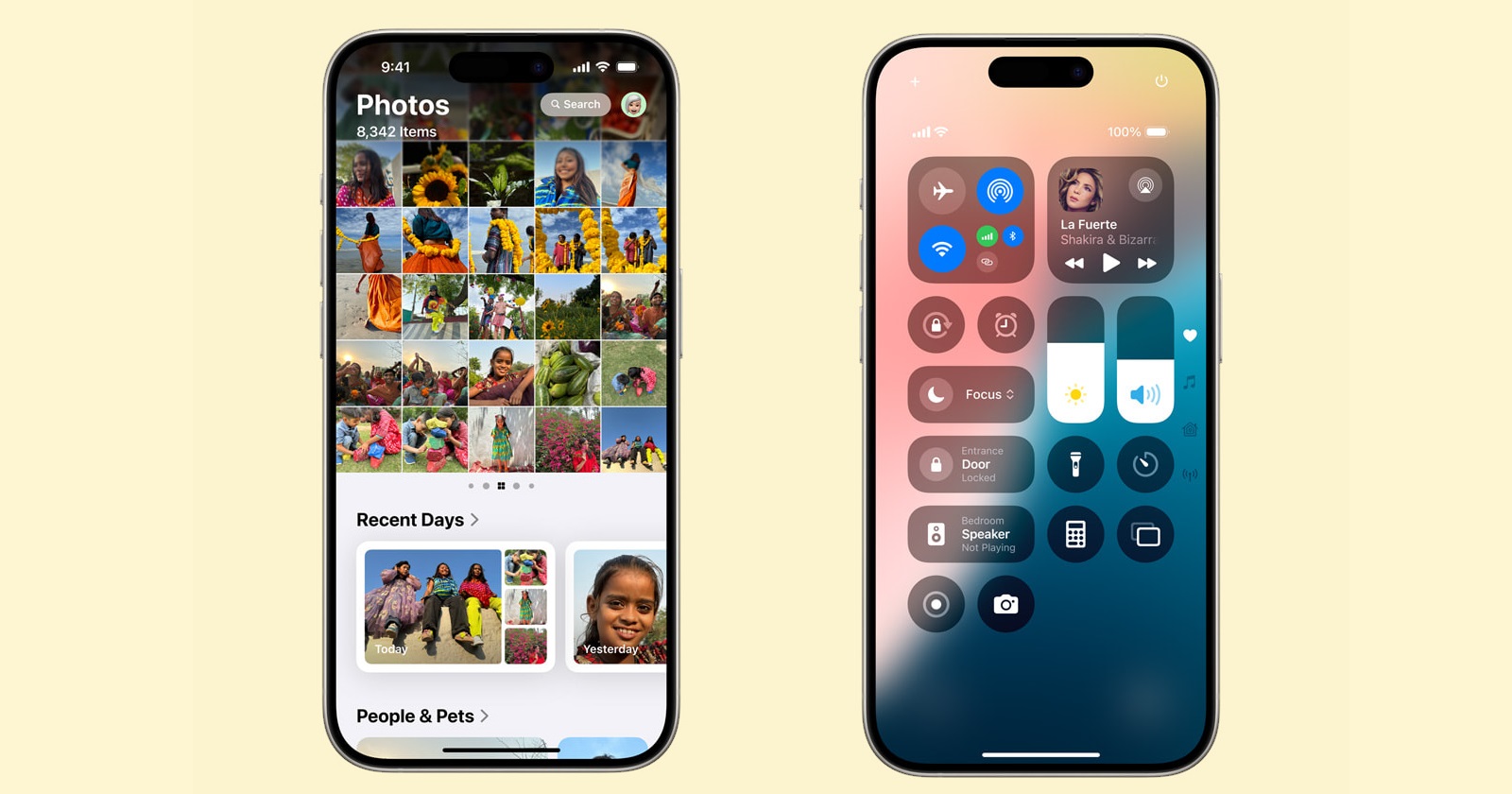If anyone still doesn't understand this, please watch this video. When scrolling through the list, iOS18 is always locked at 80Hz, and 120Hz is rarely seen.
— ICE UNIVERSE (@UniverseIce) September 23, 2024
source:weibo 孙斌1990 pic.twitter.com/lAJ10vBRad
Apple’s iOS 18 has been celebrated as a major step forward in the realm of AI and intelligence, but beneath the surface lies a frustrating reality: Apple’s much-hyped ProMotion display may not be delivering the smooth, 120Hz experience that iPhone users were promised. In fact, for years, reports have suggested that ProMotion is anything but “pro” when it comes to refresh rates — and iOS 18 doesn’t seem to have fixed this glaring issue.
It seems that in many everyday scenarios, the iPhone’s display maxes out at just 80Hz, particularly when scrolling quickly through apps. This cap not only makes scrolling feel choppy and laggy, but it also leaves users wondering why they aren’t experiencing the buttery smoothness they paid for.
The curious case of iOS 18’s refresh rate limitation
With the launch of iOS 18, Apple introduced a host of new features, but one thing that has left many scratching their heads is the continued limitation of ProMotion’s refresh rate. Recent evidence shows that iOS 18 devices, including the latest iPhone 16 models, frequently hit only 80Hz during fast scrolling, with the 120Hz rate reserved for slow, deliberate swipes or minor animations like volume adjustments. It’s a bizarre pattern that flies in the face of logic: when you need the smoothest experience — like fast scrolling — it simply isn’t there.
Video evidence circulating on social media backs up these claims, showing refresh rate counters that rarely touch 120Hz. The limitation seems especially jarring when you compare it to specific scenarios, like screen recording or sharing, where the display does suddenly jump to the full 120Hz, raising questions about why Apple keeps this feature under wraps during normal use.
It’s not just an iOS 18 problem
While the internet is buzzing with talk of iOS 18’s refresh rate shenanigans, the truth is that this issue has been around for years. ProMotion debuted with the iPhone 13 Pro series, promising a dynamic refresh rate that would intelligently adapt to your on-screen actions. Instead, many users have reported feeling duped as they watch their devices struggle to maintain 120Hz in scenarios that clearly demand it.
This isn’t a mere bug or an unintended quirk; Apple’s own documentation points to an intentional strategy, possibly aimed at preserving battery life. According to various discussions on forums like Reddit, ProMotion seems to favor 80Hz for the bulk of scrolling and interactive tasks, while the coveted 120Hz only kicks in for slow, deliberate movements or specific animations that, ironically, don’t need it.
Apple’s decision to limit the refresh rate appears to be rooted in a desire to conserve battery life — a reasonable concern given the power-hungry nature of high refresh rates. However, many users feel betrayed by what they perceive as a classic case of overpromising and underdelivering. Why market ProMotion as a 120Hz experience when it rarely hits that mark?
While there’s no denying that Apple’s approach may extend battery life, it’s hard to ignore the frustration of paying for a premium feature that doesn’t consistently deliver. Competing devices, particularly from the Android camp, have managed to balance smooth, high-refresh experiences with good battery performance, leaving some iPhone users questioning why Apple can’t do the same. Here’s another video of the iPhone 13 showing refresh rate capped at about 80Hz.
What’s perhaps most surprising is how little attention this issue has received in mainstream tech reviews. Despite the numerous complaints on forums and social media, few high-profile reviewers have addressed Apple’s ProMotion discrepancy in depth. This has led to a sense of collective frustration among users who feel their concerns are being overlooked, both by Apple and by those who cover its products.
The irony is that when apps like WhatsApp, X, and Shazam can force 120Hz under certain conditions, it’s clear the hardware is capable. The problem, it seems, is software restrictions designed to conserve energy at the expense of the user experience. It’s a trade-off that Apple hasn’t been upfront about, and one that continues to sour the ProMotion promise.
iOS 18 may have introduced some under-the-hood tweaks, but it certainly hasn’t solved the ProMotion refresh rate riddle. From older iPhone 13 models to the latest iPhone 16 series, it’s evident that Apple’s adaptive refresh rate strategy prioritizes battery conservation over consistently delivering the smooth, 120Hz experience touted in its marketing.
For those who crave truly smooth scrolling, the reality is stark: ProMotion, as it currently stands, might not live up to the hype. Until Apple adjusts its approach — or at least lets users decide how they want to balance performance with battery life — ProMotion’s true potential will remain just out of reach.
TechIssuesToday primarily focuses on publishing 'breaking' or 'exclusive' tech news. This means, we are usually the first news website on the whole Internet to highlight the topics we cover daily. So far, our stories have been picked up by many mainstream technology publications like The Verge, Macrumors, Forbes, etc. To know more, head here.


